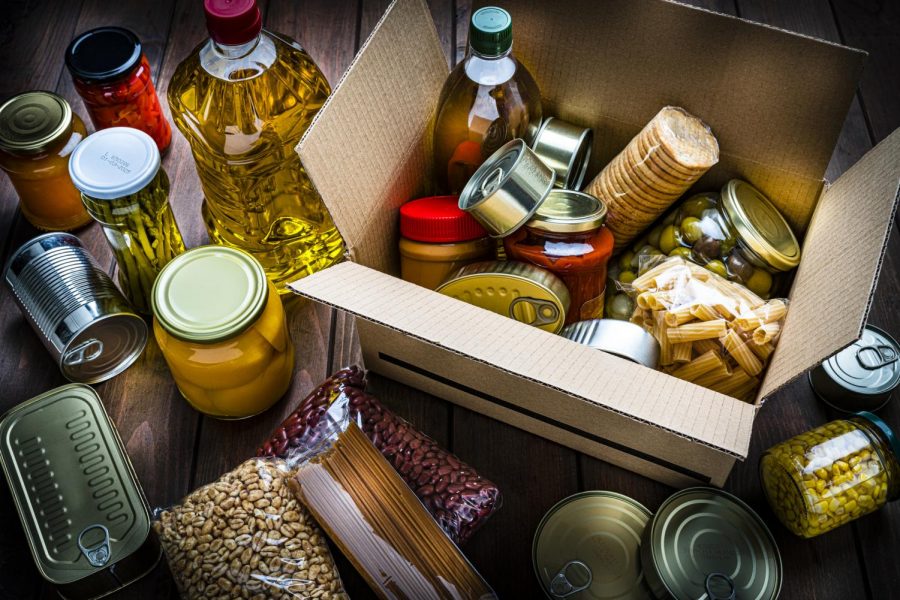SNAP needs further updates
The SNAP program allows family’s the chance to put food and other items on the table without suffering due to income-restirctions
August 25, 2021
President Joe Biden announced Aug. 16 the largest permanent increase to the Supplemental Nutrition Assistance Program. While the government still has significant strides to make, this increase will provide more financial support and benefit preventative healthcare, and it’s about time.
The government usually just lets people on welfare scrape by to remain below the poverty line. Since the United States Department of Agriculture introduced the Thrifty Food Plan in 1975, the plan has been used to calculate SNAP benefits. The Thrifty Food Plan is the least expensive out of the four plans, which include: Low-Cost, Moderate-Cost and Liberal. Though, it’s not surprising that the government would choose the cheapest plan for supplemental assistance toward the nation, according to the USDA.
This plan has been in place for over 45 years, and it has only been updated two other times before 2021, once in 1999 and again in 2006, according to the USDA.
The Thrifty Food Plan was created with a very specific family in mind. The ideal recipients were a family of four: one man, one woman and two young children. While it was pretty applicable during the 1970s, modern families aren’t always shaped in a cookie-cutter fashion.
Instead of basing the plan on a traditional family of four, SNAP benefits are distributed by looking at the cost of inflation and average food cost per family member. Before 2021, SNAP recipients would receive $121 per person. Now this amount has climbed to $157 per person, which is a 27% increase from its original welfare distribution.
Therefore, this updated plan has potential to stop the cycle. Whether or not recipients have a family, this plan can help any recipient avoid stressful times when footing the grocery bill. It might even give someone the opportunity to pay for other basic necessities.
This increase will not only allow people to purchase more food for themselves and their families, but it will also give them the room to make more health-conscious decisions. The updated plan will give recipients more options when it comes to grocery shopping. This is especially applicable to disadvantaged communities that are more prone to developing food-related chronic illnesses such as diabetes and cardiovascular disease.
This plan was updated for increased accessibility to nutrient-dense food. Meaning, it’s not just about putting food on the table to take it day-by-day; it’s about being able to thrive. This might actually reduce food insecurity for families.













